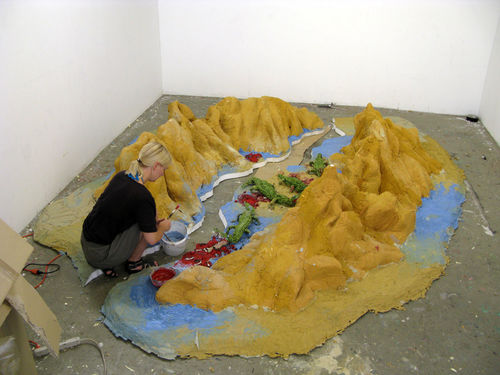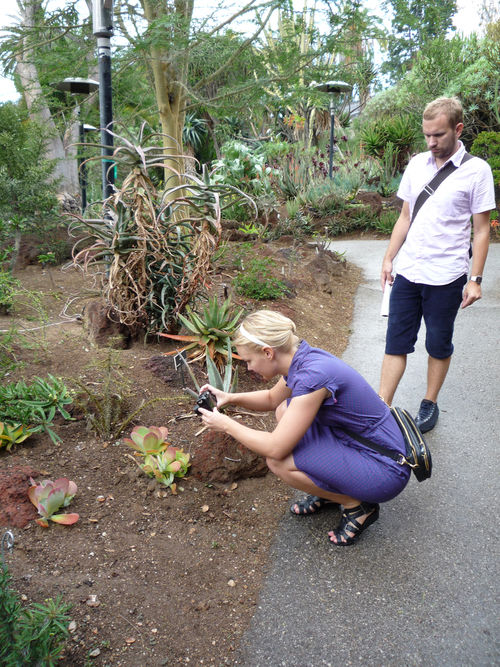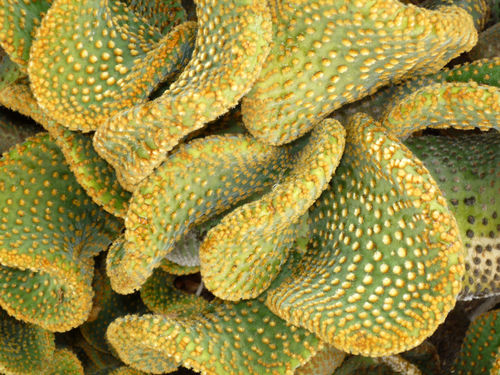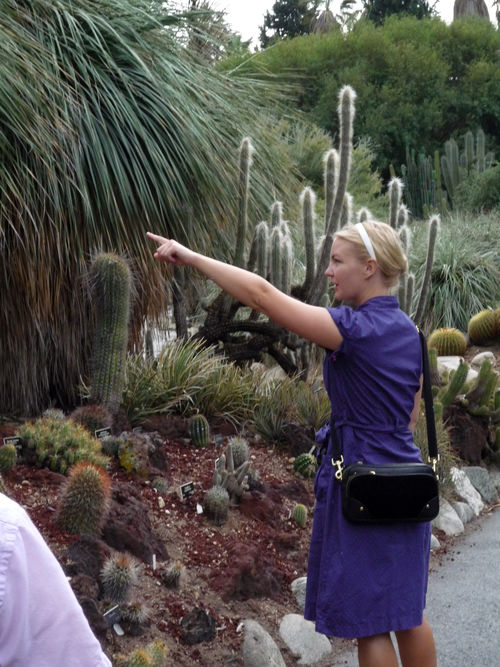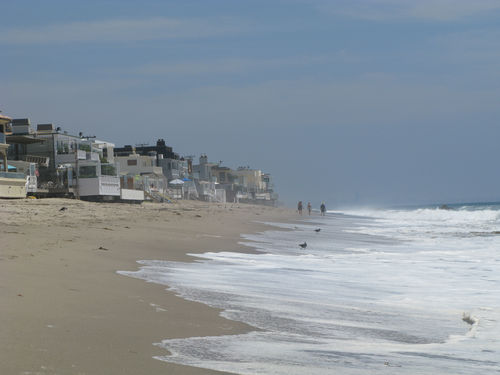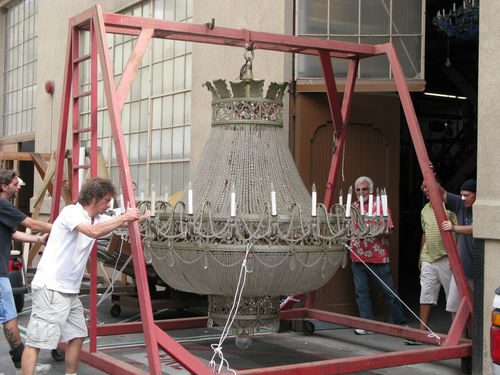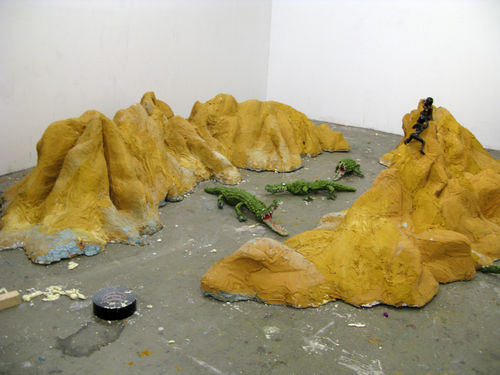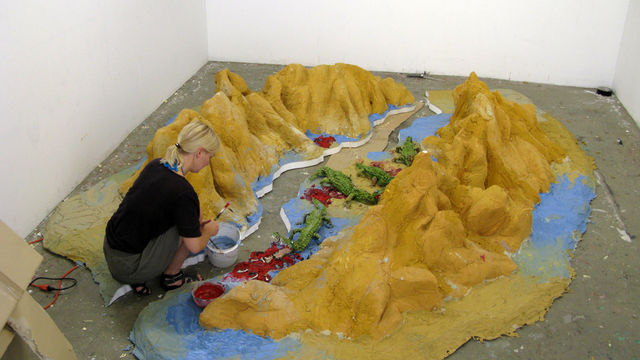
Nathalie Djurberg and Hans Berg
Nathalie Djurberg, a Swedish artist who lives and works in Berlin, and composer Hans Berg spent August through October of 2008 in residence at the Hammer Museum. During this time the collaborators steeped themselves in the geographical, cultural, and social histories of Los Angeles and California. Both new to the region, Djurberg and Berg expressed a deep initial culture shock at the scale and diversity of the city as compared with either Germany or Sweden, and Djurberg talked about how their explorations of these differences would inevitably affect their work in unanticipated ways.
Djurberg and Berg were fascinated by the natural beauty of the California landscape and cited a range of experiences, including seeing dolphins in Malibu, participating in a moonlight hike in Topanga Canyon, and visiting the Huntington Gardens, Sequoia National Park, and Joshua Tree. The landscape, both alien in its intensity and familiar in its iconic status, provoked an almost spiritual reaction. Djurberg said about the experiences: “I think we felt like we were almost becoming religious or something, because nature is so powerful here. Seeing animals in captivity is not the same as seeing them in the wild. Sequoia Forest was incredible; it was one of the best places I have ever visited.” She went on to comment on the unprecedented scale of the landscape compared with that of her homeland: “We have nothing to compare this landscape to. In Europe, there aren’t those big views, and a hill here would probably be a mountain in Sweden. So everything is totally out of scale. Everything’s larger here. Yet at the same time it can be very, very isolating, which is pretty surprising.”
Isolation and divisions within the diversity of Southern California society also interested Djurberg and Berg, particularly the gap between rich and poor, the isolation of races and ethnicities within Los Angeles, and the proximity to Mexico and the border. Berg spent two days gathering sound samples in Mexicali and was stunned by the sonic differences between that city and its sister city on the U.S. side, Calexico. He compared the border dividing Mexicali and Calexico to the Berlin Wall, and the contrast between the silence of the U.S. side and the relative liveliness of the Mexican side has since inspired his compositions.
Though Djurberg explained that much of her residency work was based more on her anticipation of Los Angeles than its actuality and that her experiences would play into future work after some temporal distance, she admitted that the most recent piece, I Found Myself Alone (2009), very much dealt with racism and environmental scale. In this animated short, a young black ballerina in a frilly tutu dances among huge, sumptuous dishes laid out on an enormous dessert table. The dancer cavorts among fruit tarts the size of mattresses and 20-foot tall candles in porcelain holders, lost in a fairy tale. She suddenly seems to notice that everything is white or pastel-colored, and resolves to make her own modifications to the scenery, methodically painting the candles and tarts brown with chocolate syrup. Before she can proudly survey her work, a huge gobbet of wax falls from one of the candles and smothers the tiny ballerina, coating her in a white film. She fails to escape the gooey white all around her, tripping into creams, frostings, and meringues, drowning in a sea of pale sweetness.
The Hammer Museum’s Artist Residency Program was initiated with funding from the Nimoy Foundation and is supported through a generous grant from the James Irvine Foundation.



